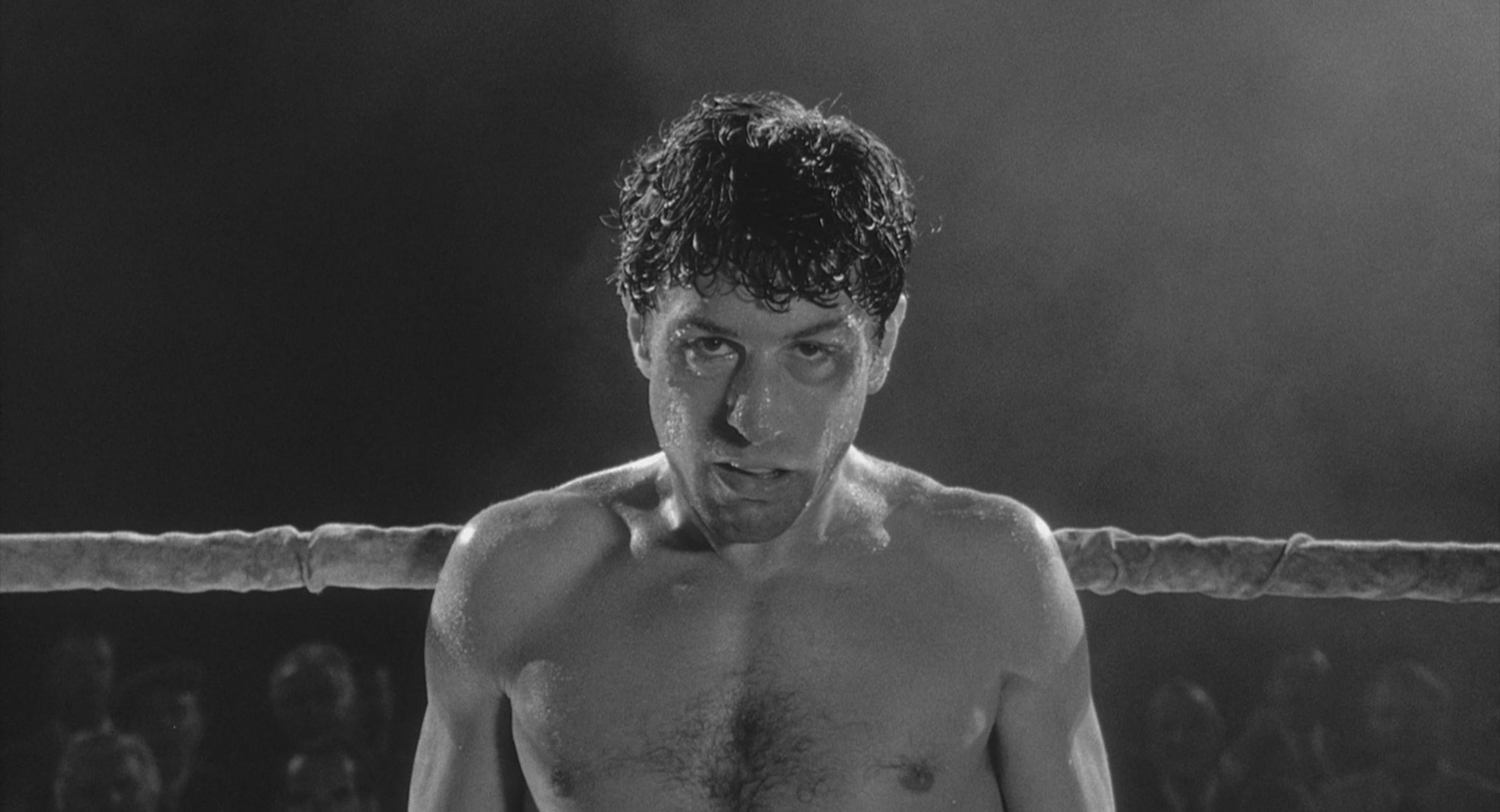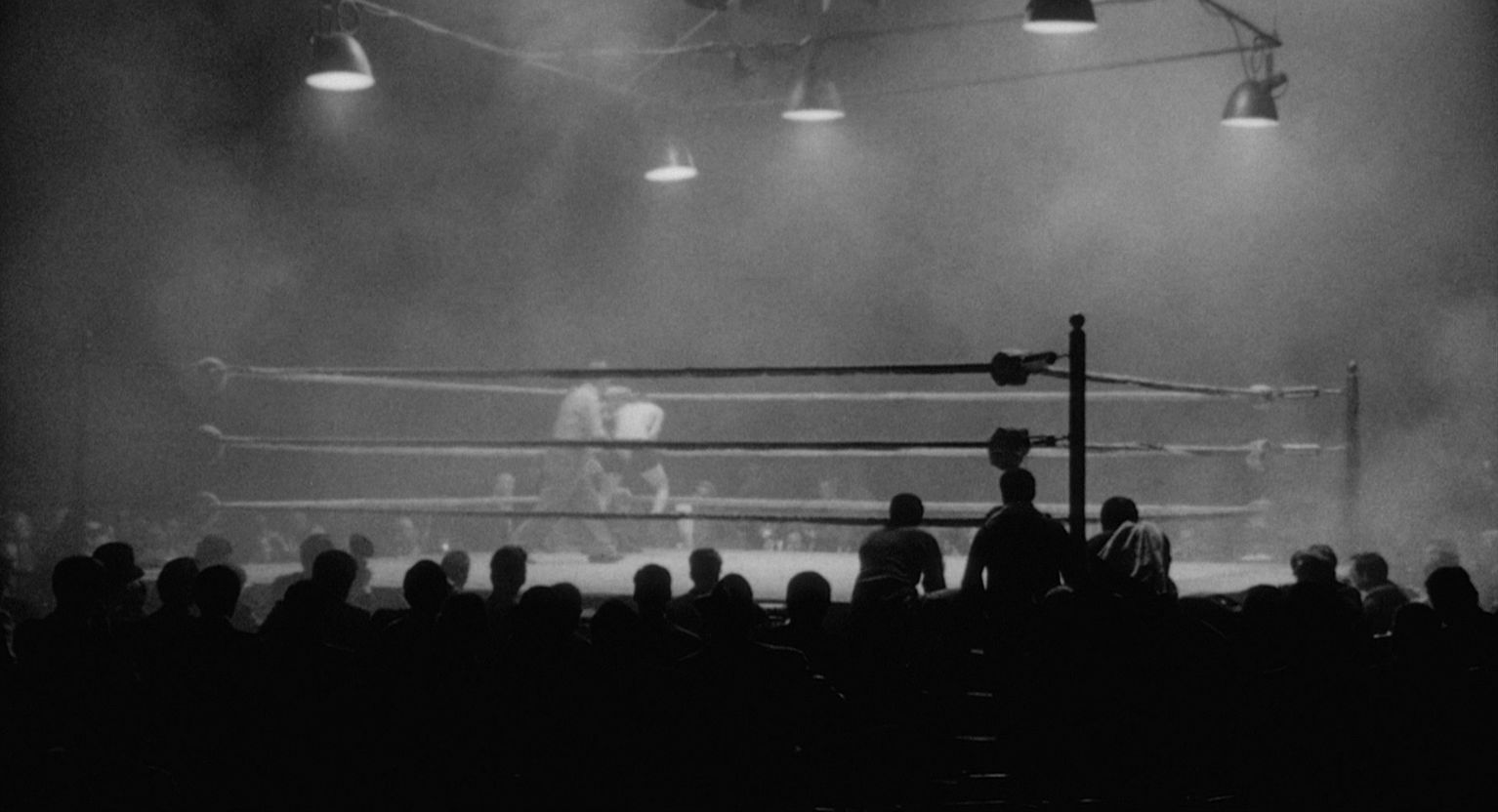Martin Scorsese
Raging Bull
- DirectorMartin Scorsese
DITTE MILSTED What Martin Scorsese and Robert De Niro have contributed to cinema as an art form is indescribable. Beautifully shot in black and white inspired by Film Noir. The dynamic camera movements, the slow-motion sequences and the rhythmic, evolving editing - all of which are so significant to Scorsese's impressive filmography. The transformation of De Niro's character is nothing short of epic.
The Story Behind the Film
Raging Bull (1980), directed by Martin Scorsese and starring Robert De Niro, tells the turbulent life of middleweight boxing champion Jake LaMotta, capturing both his triumphs in the ring and the destructive forces of jealousy, rage, and obsession in his personal life.
Based on LaMotta’s 1970 memoir Raging Bull: My Story, the film explores the tension between public success and private failure. De Niro’s total immersion in the role - including gaining over 60 pounds to portray LaMotta in his later years - brought an extraordinary level of authenticity. The story transcends boxing; it is a meditation on ambition, human vulnerability, and the self-destructive impulses that drive genius and ruin alike.

The Making of Raging Bull
Scorsese’s vision for Raging Bull was precise and innovative. Filmed in black and white, the cinematography emphasizes shadow, texture, and the brutal intimacy of the ring. Fight scenes were carefully choreographed like dance sequences, capturing both the violence and rhythm of boxing, while the camera often moves as if it were another participant in the ring.
Scorsese collaborated closely with De Niro, who studied LaMotta’s movements and even shadowboxed between takes, and worked alongside editor Thelma Schoonmaker to sculpt the film’s relentless pacing and emotional intensity. Breakthrough performances from Joe Pesci and Cathy Moriarty, combined with Scorsese’s uncompromising attention to sound, lighting, and composition, make each scene visually and emotionally striking.
Legacy and Influence
Initially met with mixed reactions, Raging Bull quickly achieved recognition as one of American cinema’s masterpieces. De Niro won the Academy Award for Best Actor, and the film received eight nominations, including Best Picture and Best Director. Its influence stretches far beyond the sports genre: filmmakers continue to study its editing, lighting, and choreography as an exemplar of cinematic craftsmanship. In 1990, it became the first film to be selected in its first year of eligibility for preservation in the U.S. National Film Registry, celebrated as “culturally, historically, or aesthetically significant.” Today, Raging Bull remains a landmark in filmmaking, a searing portrait of human complexity, and a testament to the transformative power of collaboration between actor, director, and story.









